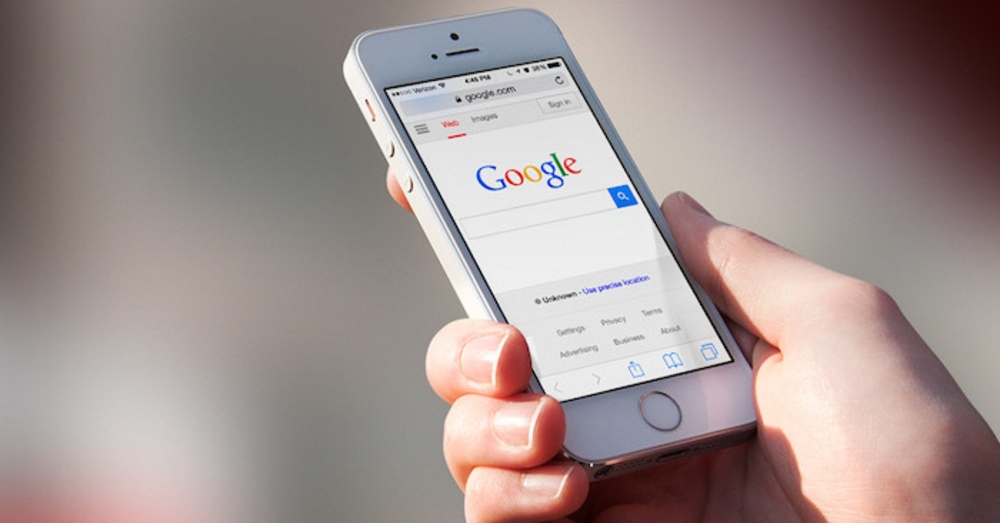In 2020 mobile reigns supreme! When it comes to digital marketing, mobile is leading the pack; starting with mobile-first indexing.
We’re attached at the hip with our cellphones, never leaving home without those tiny, fast computers secured tightly in our pockets. Many conveniences come with our mobile-friendly world and of course, a few downsides as well.
But first things first before we dive in; let’s discuss what ‘mobile-first indexing’ actually means and the effects that it can have on your digital experience.
So, what exactly is ‘mobile-first indexing’?
Mobile-first indexing means that Google will always “prefer” the mobile version of your content and website in terms of indexing and ranking in these search engines.
Google now uses mobile sites as the baseline for how they determine rankings in general whereas at one time Google used desktop data.
1. It’s Called Mobile-First for a Reason
While Google is certainly pushing the mobile version of your website as the primary for indexing, it doesn’t mean that it is using mobile-only indexing.
If your website has just the desktop version then it will still be indexed within the search engines. Even so, it’s important to keep in mind that not having a highly functioning mobile website for your users could hurt your overall rankings in the long run.
2. Mobile Indexing and Mobile Usability are Different
If Google can crawl the text on your website and that text can also be displayed on a mobile device then your site can be added to mobile-first indexing. But keep in mind that this series of technical actions from Google has nothing to do with the user experience and usability status of your mobile website.
So, while your content may be eligible for indexing, having a mobile-friendly site that elevates your consumer’s digital experience with your brand will always be the safest bet.
3. The New Default
If your website was built after July 1st, 2019 then it is officially official – Google will index your mobile site first by default. If your site was created before that date, it will switch over to mobile-first indexing eventually, although, there is no real way to know when every site in Google’s arsenal will see the change.
If you’d like to see if your site is being indexed by mobile-first, log into Google Search Console, and find out there. If you don’t have Search Console set up for your site, now’s a great time to start!
To be prepared, make sure that Google can access and crawl your website, along with having both desktop and mobile versions offering the same content, metatags, headings, and structured data. And our last, but certainly not least, tip is:
4. Don’t Panic – Be Responsive
If your desktop and mobile website versions match up in terms of content, formatting, images, and overall technical site flow then there may not be much extra you’ll have to do to satisfy the mobile-first indexing gods.
However, to be an ultimate leader in digital marketing, you will want to make sure your site has a responsive design that will enable the site to look its best on mobile, tablet, and desktop screens, providing a seamless experience across all devices for your audience.
This post may contain affiliate links. Meaning a commission is given should you decide to make a purchase through these links, at no cost to you. All products shown are researched and tested to give an accurate review for you.

